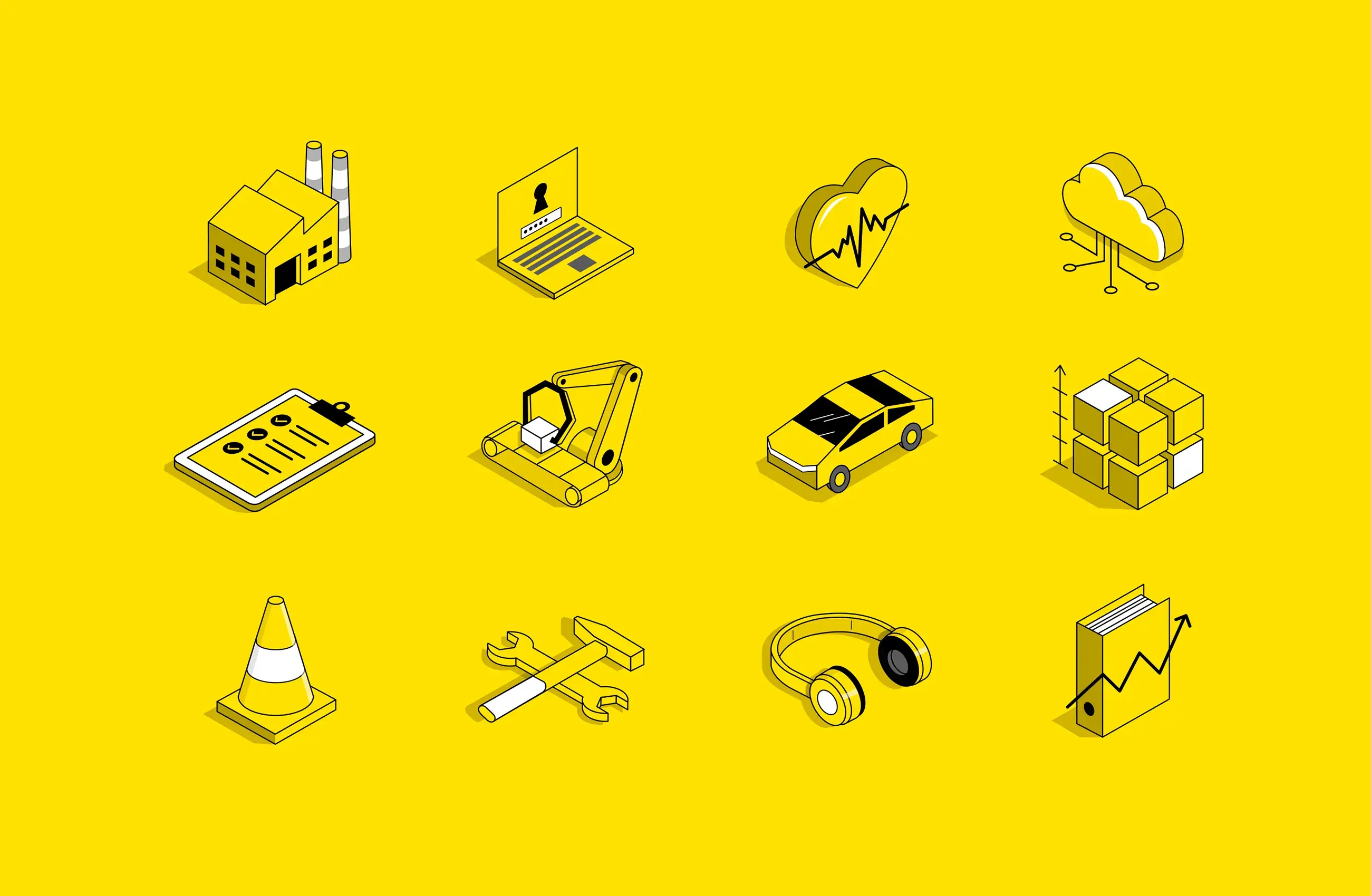TAXI STOCKHOLM
How to reach new markets by testing new ideas
What do you do when you wake up one morning and realise that your market no longer exists? This is exactly what happened to Taxi Stockholm one day in March, when the pandemic had hit Sweden, and the demand for taxis had plummeted to below 20 percent. The entire market had essentially disappeared, and the data and customer insights that Taxi Stockholm had built its plans on were no longer reliable.

Big challenges – and a lot at stake
Nearly 900 small business owners’ livelihoods were at stake. In a company owned by a membership association, there isn’t a large financial reserve to draw from, and cutting back on guaranteed wages and other soft values that make Taxi Stockholm unique was not the solution. While Taxi Stockholm and its owner companies fought for survival, the marketing department was doing everything they could to find a market to communicate with.
Digital Wellness – five capabilities to rely on
So, how did we approach the situation? It was entirely new for everyone involved, making it crucial to use models and methods that provided security and structure. At Esatto, we’ve worked for years with the concept of Digital Wellness, which encompasses five capabilities we believe future organisations need to develop:
- Customer – how do we shift to a customer-driven operation?
- Agile – how do we transform our organisation?
- Flex – how do we create high technical flexibility?
- Data – what does our value engine look like using data?
- Lab – how do innovation and hypothesis-driven approaches arise?
A five-part process
Since regular taxi rides were at a standstill, Taxi Stockholm needed to generate new revenue, focusing on rapid market innovation. We structured the work into five parts:
1. Problem definition
Understanding the problem is an essential first step. It’s easy to lose focus, especially under pressure. This phase can be extensive, involving data collection, interviews, market analysis, and prioritisation. Clearly defining the problem is crucial before generating ideas. This phase is often skipped, which can cause issues later in the process. The challenge helps guide learning, making the journey more important than solving the issue itself.
2. Idea generation
Many organisations have experience with this. It’s important to use a consistent method so that the organisation feels comfortable with the process. Clarity around rules and teamwork is key, with a diverse group of participants from different departments. In the idea generation phase with Taxi Stockholm, ideas ranged from collaborating with local producers for home deliveries to partnering with hotels for “package trips” that include a taxi ride.
3. Formulating hypothesis
A hypothesis is a framework for an idea, ranging from “I believe x will lead to y” to a more detailed structure. It’s important to develop a hypothesis format that works for your organisation, ensuring consistency. A strong hypothesis forces a thorough examination of all aspects of an idea, helping identify challenges. It also defines what success looks like and how to test the idea.
4. Prioritising hypothesis
Not all ideas can be implemented at once, so prioritisation is crucial. We used the ICE model (Impact, Confidence, Ease), where each idea is scored, and those with the highest score are prioritised. Gaining support from leadership and the broader organisation is vital at this stage. The pandemic allowed some flexibility, as organisations were more open to trying new things despite uncertainty.
5. Starting experiments
Experiments can range from A/B testing on a website to search ads or display ads. The goal is to validate or disqualify the hypothesis as quickly and simply as possible, ensuring that each experiment yields valuable insights for the organisation. For Taxi Stockholm, quick and easy experiments were prioritised to obtain rapid results. A disqualified hypothesis can be as valuable as a validated one.
Taking results forward
Success isn’t just about increasing bookings—it’s about learning and creating forward momentum. By guiding the organisation with the insights gained from experiments, whether validated or disqualified, you lay the foundation for future growth. This process helps organisations remain innovative and agile, building new ways of working.
Want to know more about how to create new market opportunities and new ways of working within your organisation? Don’t hesitate to reach out.
Taxi Stockholm
Industry/field
Transportation
What we did
Innovation, Workshops
Want to know more?
How we helped others
-
A digital home for digital experts
IAR Systems

-
Processes to strengthen steel in digital channels
SSAB Special Steels

-
Digital partnership for next-generation energy systems
Jämtkraft
